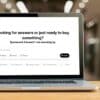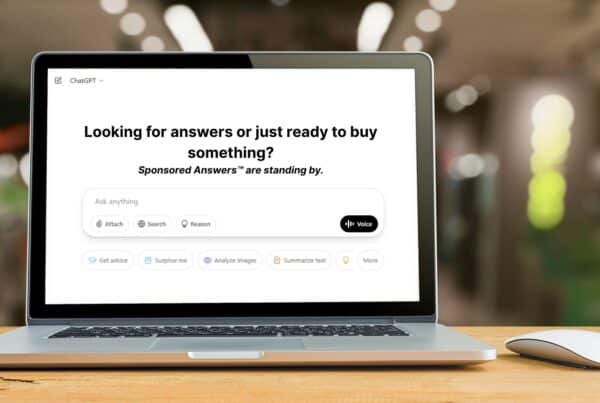So, you’re a creative director (hey, me too!). You brainstorm wild ideas, sip only the best small batch coffee, and shout words like “cohesion” and “authenticity” during pitch meetings. Life is good. Then, the whispers start—”data analytics,” “KPIs,” “conversion rates.” Wait, what? You thought spreadsheets were for accountants and Excel ninjas.
Turns out, if you’re not wielding data alongside your design magic, you’re missing out. Big time.
In today’s world, the line between Mad Men and Math Men (or Women) is blurrier than ever. You’re not just making beautiful campaigns; you’re crafting strategies that work. And how do you know they work? Data, baby.
The Rise of the Creative Analyst Hybrid (Kinda’ sounds like a made-for-TV movie)
There’s a new species in the marketing jungle: the Creative-Analyst Hybrid. Picture a unicorn wearing hipster glasses and holding a tablet covered in charts. This mythical beast can dream up crazy-good visuals and understand why those visuals are driving engagement (or not).
Why is this hybrid role so important? Because your gut feeling isn’t enough anymore. Gut feelings are great for choosing different toppings at your favorite hot dog stand, not for spending gobs of media dollars on ad campaigns. Today’s campaigns live and die by the numbers—click-through rates, bounce rates, engagement, ROI. And if you can’t decode that data, your masterpiece might be a dud, and you’ll never know why.
But I’m a Creative, Not a Data Nerd!
I get it. You didn’t sign up to sift through spreadsheets. You’d rather color outside the lines than calculate the line’s slope. But here’s the thing: learning to read data isn’t giving up your creative soul—it’s supercharging it.
Imagine you’ve just launched a bold, quirky campaign for a new energy drink called “ZippityZap” (patent pending). You love it. Your team loves it. Your mom thinks it’s “neat.” But then you check the data and see… crickets. The audience isn’t engaging. Instead of spiraling into a creative existential crisis, you can ask, “Why?”
Did the headline miss the mark? Was the call-to-action too hidden? Did people engage more when you used videos over static images? The answers are all in the data.
Suddenly, you’re not just a “creative.” You’re a detective, solving the mystery of what makes people click, share, and buy. And when you crack the case, your next idea will be even sharper.
How to Channel Your Inner Analyst (Without Completely Losing Your Noodle)
Don’t worry—you don’t need to become a full-blown statistician. Just adding a few analytical tools to your creative toolkit can make a huge difference. Here’s how to get that ball rolling:
- Ask “Why” More Often: When a campaign works (or flops), dig into the “why.” What metrics can give you clues?
- Love Your Analytics Dashboard: Google Analytics, social media insights, email open rates—these dashboards are treasure maps, not boring homework.
- A/B Testing is Your BFF: Test different headlines, visuals, or CTAs. Let the data tell you which one sings. Ahhh the beauty of the digital world.
- Embrace the “Pivot”: If the data shows your idea isn’t working, pivot! It’s not failure; it’s fine-tuning. Launch, measure, optimize, re-launch!
The Best of Both Worlds
In a world obsessed with ROI and engagement rates, being a creative director who also understands data makes you unstoppable. You get to make ideas that are not only stunning but also effective.
Think of it like this: Your creativity is the ship, and data is your compass. Without the compass, you might still sail beautifully—but who knows where you’ll end up?
Plus, let’s be real:
- Your client loves beautiful work, but they love results even more.
- Your boss loves creativity, but they love numbers that justify the budget.
By embracing both hats—the free-spirited creative and the data-savvy analyst—you’re not just surviving in a data-driven world. You’re thriving, my friend.
So go forth, you glorious hybrid! Sip that robust dark roast while you dissect all that engagement data (don’t forget your thick black glasses and sustainably-crafted beanie). Your future campaigns will thank you.
Now if you’ll excuse me, I need to check the bounce rate on this blog post…
Written by Nate Smith—who used to think the opposite of all this for fear of abandoning being seen or referred to as a “purist”; now leaning into all of the above and becoming far better for it.








